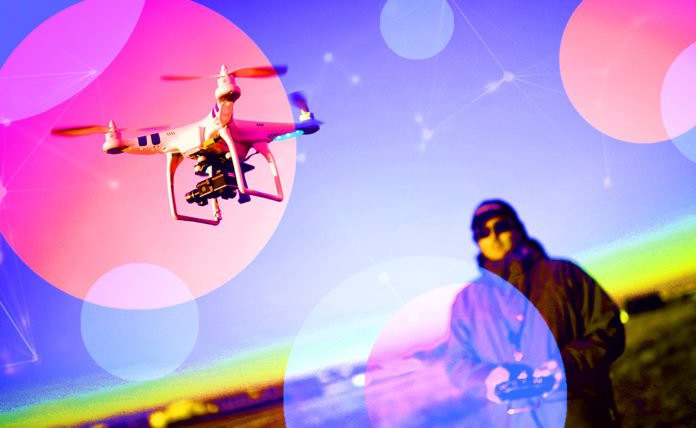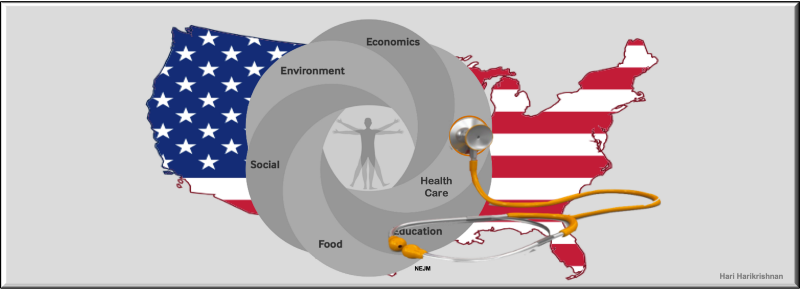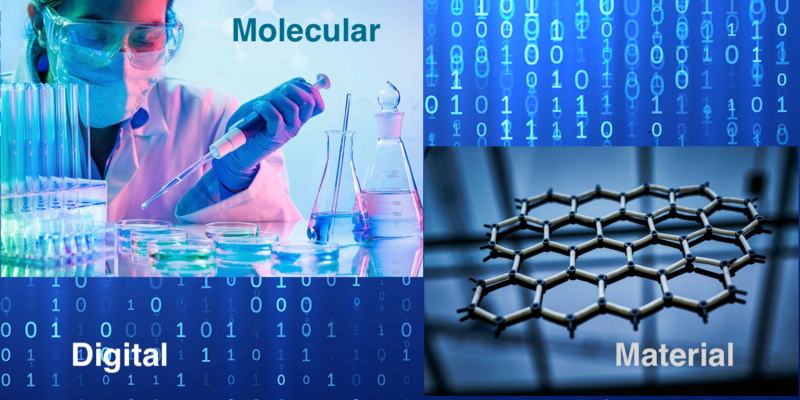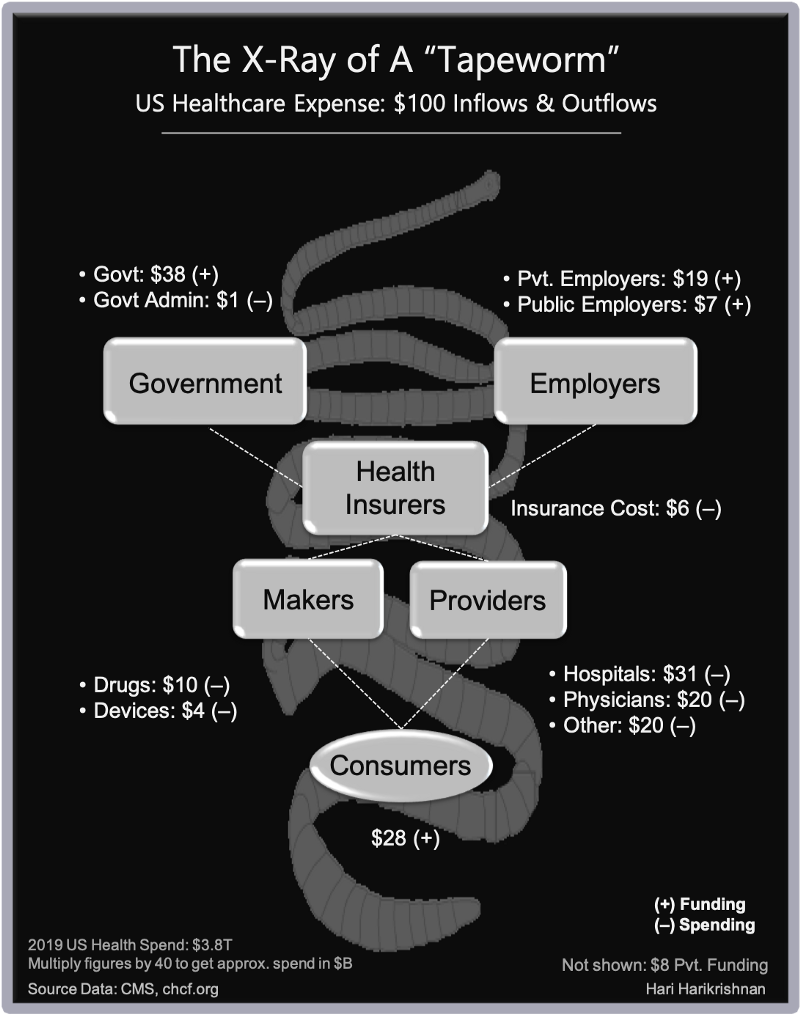Sensors have come to be a metaphor for digitization.
Sensors have existed for longer than the internet has, and much longer than the Internet of Things (IoT). Once, canaries sensed danger and martyred themselves in coal-mines. Now drones do sensing in hurricanes and droids do it in nuclear reactors.
While at the sensor conference in San Francisco this year, I was struck by the realization that most of the companies participating have been building sensor technology for decades, pre-dating IoT. Connectivity to the cloud seems to have given sensors a new lease of life.
Since sensors are an essential component of IoT applications, here is a quick look at the evolution of sensors of all shapes and sizes and across industries; from the days of canaries to the age of drones.
Calling All Sensors
Classification of sensors is not easy due to the various ways you can classify them, especially since we are at a time when the very concept of what makes a sensor is evolving.
Sensors are windows from the digital world to our analog world — analog-to-digital (A-to-D) converters really.
Here are a few non-mutually exclusive categories of sensors to show why classification is difficult.
- MEMS Sensors: Almost the grand daddy of sensors, these sensors are based on Microelectromechanical systems (MEMS). This category is not application-specific, but based on the size of of the sensor (micrometer-sized) and how it is constructed (silicon, metal etc.). The sensors we normally hear about such as accelerometers, gyroscopes, microphones, and most biosensors are MEMS-type.
- NEMS Sensors: Miniaturization to nanometer size with new materials is giving rise to Nano-electromechanical systems (NEMS) which will advance the sensing functions and applications even further.
- Bio Sensors: These sense biological responses and operate at molecular level. Many of them are based on MEMS (Bio-MEMS), but they don’t need to be. Examples include implanted glucose monitors to cancer-cell detectors. They could rely on microbes, be light-sensing, or be density-sensing. They could be passive sensors, be wearable like a watch, or be embedded stents in our body.
- Environmental Stimuli based: Examples are sensors that work by sensing light, sound, and physical contact. Optical sensors, voice-activated sensors, ultrasound sensors, motion sensors, pressure sensors, vibration sensors, flow sensors all work based on these analog stimuli.
- Phones: Your smartphone is a sensor. It tracks your movements, identifies your face or thumbprint for security. New applications including passive sensing supplemented by augmented reality (AR) for 3D-sensing of our environment are just around the corner.
- Remote Sensors: Satellites have been serving this function for decades. There is a whole category of remote-sensing satellites that perform tasks from geo-mapping to weather analysis.
- Drones and Robots: We would normally not think of drones as sensors, but most drone applications are for aerial surveying, like the ones used after hurricane Harvey to survey damage by companies like AT&T and the government.
- Humans: When we tell Waze navigation application that there is a pothole on the road or when we snap the picture of a damaged public property and send it to a government agency (as they do routinely in India and Brazil), we are acting as macrosensors.
As you can see, mutually-exclusive categorizations of sensors aren’t easy, simply based on how sensors are constructed.
Sensors require integration of science and technology. They have come to be a metaphor for digitization.
Here is a view of sensors that combine analog and digital technologies, varying in sizes from nanometers to micrometers, and based on how various science and technology disciplines are combined to make them. The menagerie extends from MEMS sensors to satellites to people.

Sensors require integration of science and technology, not just computing and communications technologies. They are literally a metaphor for digitization.
Application-specific Sensors
Unless you are a component maker, the above classifications are not very helpful in choosing sensors. You need to choose them by application type, by functional requirements or by non-functional attributes like longevity of the equipment to which the sensor is attached to.
Sometimes you need composite sensors that do multiple functions in one like this micro-navigation sensor that combines accelerometer, gyroscope, and GPS from Inertial Sense. Mostly your device has many sensors embedded in it.
Examples from select verticals:

Examples from select verticals:
- Oil & Gas: In process manufacturing or resource industries like oil and gas, flow sensors reign supreme. High and low-precision sensors measure the flows of liquid and gas as well as environmental conditions.
- Automotive: Next to an aircraft, perhaps a car has the most sensors and the number is increasing to support autonomous driving. Even before autonomous vehicles arose, every aspect of a car was being measured, from speed to brake pads to fluid levels. Autonomy requires cars to increase sensing to do more external V2V (vehicle-to-vehicle) and V2I (vehicle-to-infrastructure) sensing using technologies like LiDAR.
- Consumer Devices: The smartphone has about 15 sensors, not counting the cameras that can function as sensors. They measure everything from location, proximity, orientation and environmental conditions.
- Healthcare: Sensors here range from non-invasive trackers and wearables to invasive in vivo sensors that can detect cardiac damage or mutated cells.
Finding the right sensor for an application requires expert domain knowledge of the industry. Accuracy requirements often drive up costs exponentially.
Summary
While sensors have existed for longer than the internet itself, sensors have a newfound power with cloud connectivity.
We have come a long way from using canaries as sensors to using drones and droids; from biochemical sensors to mechatronic sensors.
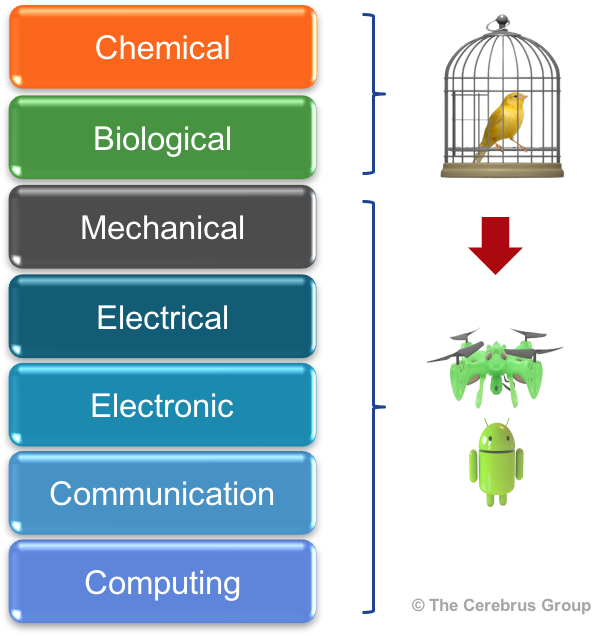
From nano to micro to macro sizes, sensors are artificial eyes feeding our artificial intelligence. Scientific advances in nano sensors and biosensors will unleash a new set of applications that we can only see in science fiction today.
It will take more technology convergence to reach full potential than simply big data and algorithms coming together.
Originally published at www.iotforall.com

